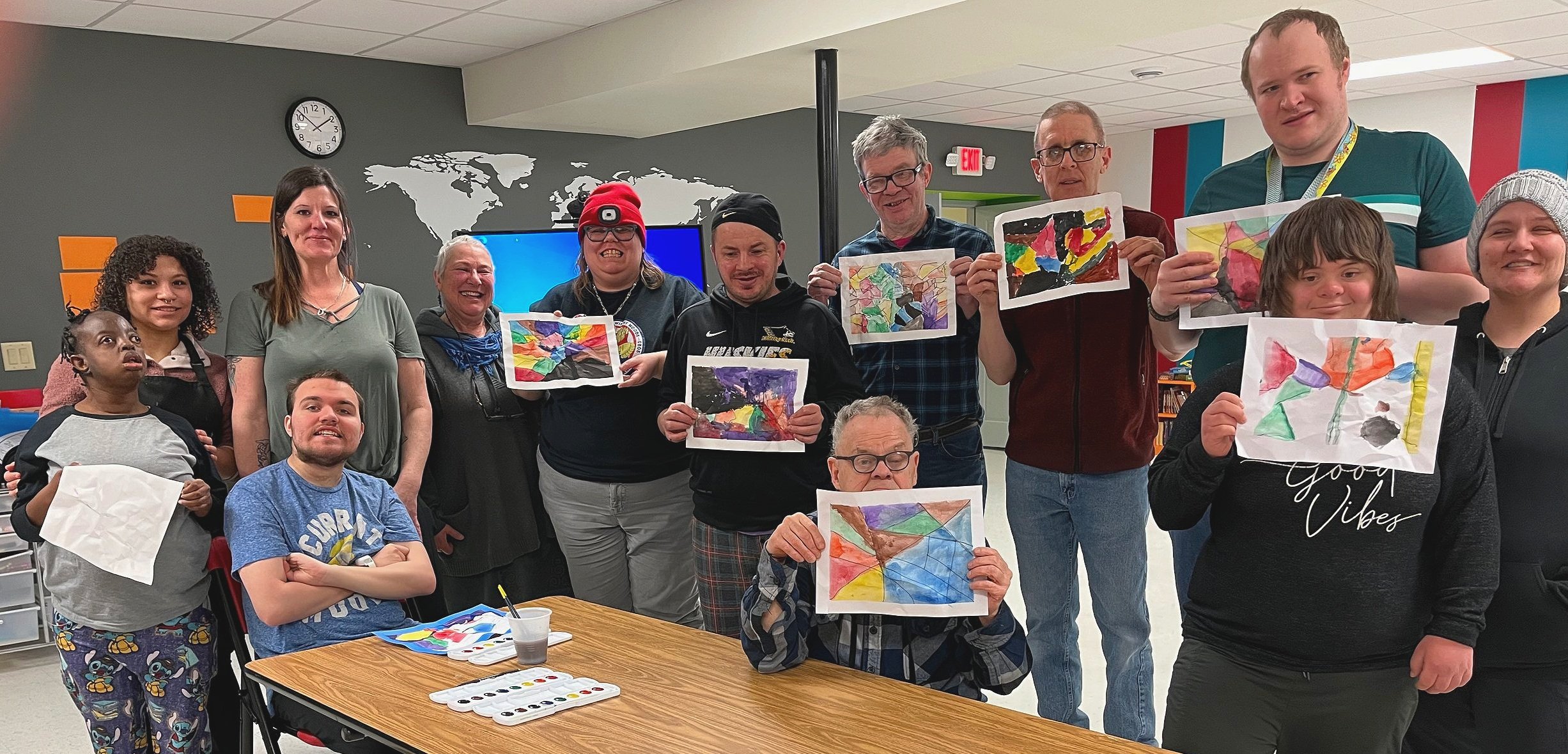Untold Realities of Domestic Violence and the Criminal Justice System
I am a mental health counselor in the Houghton area. I have an issue I would like to bring to the attention of your readers that a few of my clients have brought to my attention. In my line of business, I hear many ways that a person with less power can be treated unjustly by people with more power. One of the more common examples of this is how they are treated by the criminal justice system in our county and neighboring counties.
The first part of people being treated unjustly I learned from some of my clients is that if a person gets arrested for something, the prosecutor and public defender, who are often friends, will coerce the accused into taking a plea deal. They threaten the accused with a serious charge that a jury would be very unlikely to find them guilty of. They convince the accused to plead guilty to something that a jury might have found them guilty of or might not. I’ve been on a jury in the 97th district court and realize that the average jury in this area will be made up of reasonable people who don’t want to give harmless people, who are 49% or less at fault, a criminal record.
I have had many clients who are or were victims of domestic violence and have learned of a kind of abuse that is common enough to have its own name, DARVO. It stands for Deny, Accuse, Reverse Victim and Offender. In some domestic abuse situations, both members are close to 50% at fault. In other situations, there is a victim, often a woman so I’ll use she/her pronouns, who is relatively passive, is usually walking on eggshells, and is very unlikely to call the police when the abuser gets violent. They know that even if the abuser spends a night or two in jail, it’s not going to make the abuser more compassionate or peaceful and it likely will have the opposite effect.
Abusers, on the other hand, are happy to use calling the police and getting the victim arrested as a way of keeping the victim down. In some cases, the abuser will injure themselves before they call the police. In others the abuser makes up a lie to accuse the victim and the victim is afraid to counter the claim. A very effective way for an abuser to make sure their victim is completely discounted by officials is to claim the victim is mentally ill and is “off her meds.” It’s not like they [the officials] can call her doctor and validate the claim.
I have, too often, had a client tell me this DARVO situation happened to them or saw it happen to a loved one. When it happens and they are coerced into taking a plea deal for domestic violence, it negates their chance of getting a job in human services, often the most available employment option for women. It negates their ability to get services from a women’s shelter and from getting free legal services. It can lead to homelessness and financial ruin or increased dependence on the abuser.
A few words about why people come to see me. One of the most common foundational reasons for the myriad of symptoms people see me about is shame. Shame is feeling disconnected from our own true loving self, disconnected from other people, or the fear of being disconnected from people. Shame is caused by adversity, being treated in ways that people should not be treated, and being neglected in ways people should not be neglected. A massive epidemiological study called the Adverse Childhood Experiences study (ACE study), and many repetitions of it, show that being either a victim or offender of domestic violence is highly correlated to adversity in childhood. Being an offender and being a victim of domestic violence are both caused by shame, which is fear of disconnection.
The way domestic violence is treated by our local criminal justice systems increases adversity. An alternative and restorative method of treating domestic violence would help victims and offenders by reducing their adversity and reducing the adversity of any children they might have. Domestic violence and other charges involving conflict between partners and friends need to be treated in ways that don’t lead to further oppression of anyone involved.










